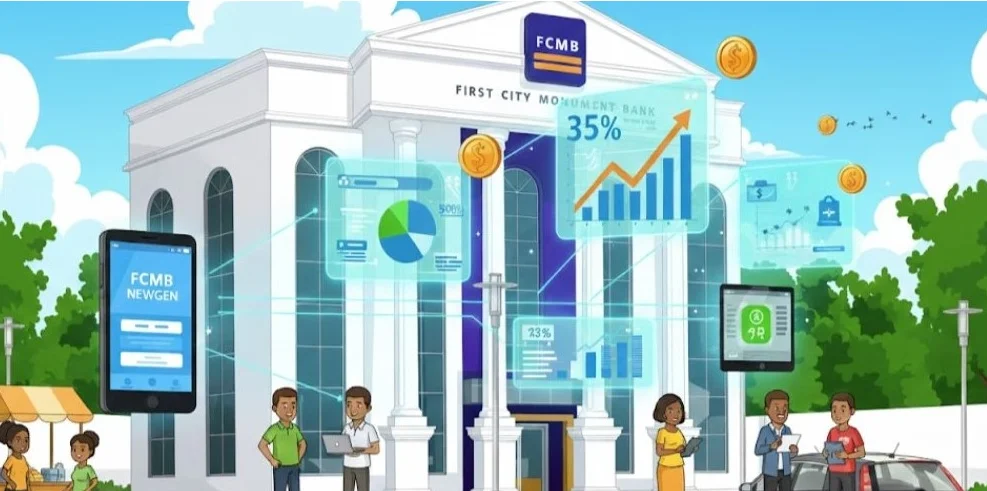As remote work cements itself as a key part of the modern professional landscape, having the right digital toolkit can make all the difference. Whether you’re freelancing, contributing to a distributed team, or running an entirely virtual business, using dependable and efficient tools can dramatically improve both individual productivity and collective collaboration.
Here’s a comprehensive guide to 10 powerful tools that remote professionals should be using:
1. Remote Desktop Access (RDP)
Remote Desktop Access enables individuals working remotely to securely log into their office systems from any location. It provides full access to files, software, and work environments as though you were physically present at your desk. Affordable RDP solutions with administrative control offer an efficient and secure way to maintain workflow continuity, especially when working with sensitive company resources or specialized applications.
2. Slack – Real-Time Team Communication
Slack is an advanced messaging application crafted for internal team discussions. It supports direct messaging, organized channels for projects, and seamless integration with numerous other apps. It serves as a centralized hub for conversation and file sharing, making communication fluid and organized. With its user-friendly interface and extensive capabilities, Slack is ideal for keeping remote teams informed and aligned.
3. Zoom – High-Quality Video Conferencing
Zoom has emerged as a top choice for virtual meetings and online collaborations. Its features—like HD video and audio, screen sharing, and meeting recordings—make it essential for effective digital communication. From weekly team syncs to webinars and client briefings, Zoom helps remote teams stay connected in a face-to-face environment without geographic barriers.
4. Trello – Visual Task and Project Manager
Trello is a user-friendly tool for managing workflows using customizable boards, lists, and cards. It enables users to assign tasks, monitor deadlines, and track project progress at a glance. Its drag-and-drop interface and adaptability make it suitable for teams of any size, from startups to large enterprises managing multifaceted projects.
5. Google Workspace – All-in-One Cloud Productivity Suite
Formerly known as G Suite, Google Workspace brings together tools like Gmail, Google Drive, Docs, Sheets, and Calendar. These cloud-based apps allow users to work together in real time, edit documents simultaneously, and schedule meetings efficiently. With everything in one ecosystem, Google Workspace makes remote collaboration seamless and intuitive.
6. Asana – Streamlined Project Coordination
Asana offers a structured way to plan and track work. It supports task assignment, deadline setting, and timeline visualization, making it easy for remote teams to stay aligned on deliverables. Its intuitive layout and integrations with other tools help ensure nothing slips through the cracks, especially in deadline-driven environments.
7. Microsoft Teams – Integrated Collaboration Platform
Microsoft Teams combines chat, file sharing, and video calling with the robust features of Microsoft 365. It’s ideal for teams that rely on tools like Word, Excel, and PowerPoint, offering seamless integration across platforms. For companies already invested in Microsoft products, Teams enhances productivity and strengthens internal communication.
8. Dropbox – Secure Cloud Storage and File Sharing
Dropbox provides a reliable platform to store, access, and share documents in the cloud. Its synchronization feature ensures that files are always up-to-date across all devices. It also includes collaboration tools that enable teams to co-edit documents and maintain version control, making it essential for remote environments where document access is critical.
9. Evernote – Digital Note-Taking Companion
Evernote is a comprehensive tool for capturing ideas, meeting notes, checklists, and more. Its intuitive interface lets users categorize, tag, and search for notes quickly, which enhances organization. For remote professionals who juggle meetings, brainstorming, and task planning, Evernote is a perfect way to consolidate important information in one accessible space.
10. LastPass – Simplified Password Management
Managing numerous accounts is part of everyday life for remote workers, and LastPass offers a secure solution for storing and organizing passwords. It automatically fills in login credentials and keeps sensitive information encrypted. With LastPass, users avoid the stress of forgotten passwords and can access accounts securely without compromising safety.
Final Thoughts
As digital work environments continue to evolve, investing in the right tools can make remote work more productive, efficient, and collaborative. From secure remote system access to streamlined communication and project management, these 10 tools equip remote professionals with everything needed to thrive in a distributed work model. By integrating these solutions into your daily routine, you not only improve your workflow but also stay deeply connected with your team—no matter where in the world you’re working from.












